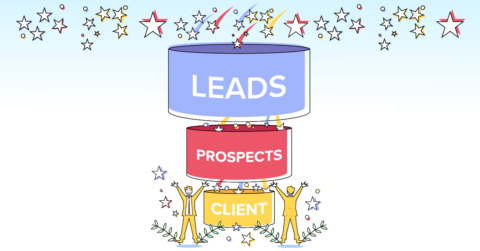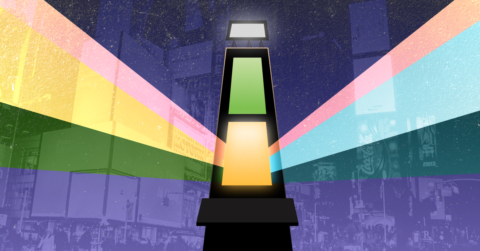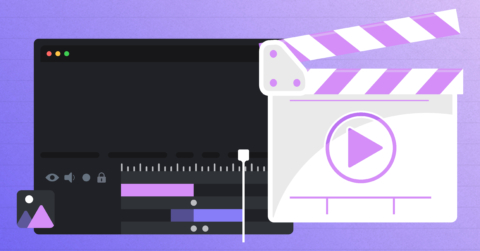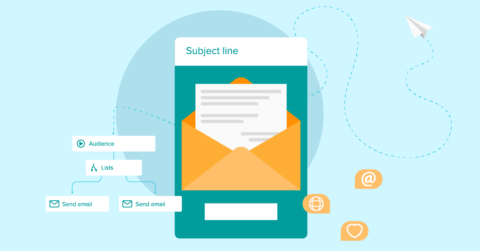
Nonprofit Strategy Series: Deciding On Which Social Channels To Use
03/03/20
With all the social media channels out there, it’s no surprise that nonprofits feel stumped when it comes to choosing the best one. But, the truth is, not every social channel will meet your needs, goals or target audience…and that’s ok!
Whether your nonprofit is new to social media or has a long-established record, we’ll help you determine which channels are better worth your time, effort and money. We’ll walk you through the pros and cons of each one, enabling you to take quicker and smarter action toward your nonprofit goals.
And, if you haven’t already, be sure to learn the steps needed to create an effective social media plan and nonprofit marketing strategy. Tackling these two steps first will prepare you for when you need to choose your channels.
Facebook will always remain number one, since no other social channel provides the same opportunity for greater reach of the masses. And, with their commitment to supporting nonprofits, you can guarantee this platform is worth your organization’s time and attention.
Pros:
- Better for reach campaigns (i.e brand awareness)
- Applications for nonprofits like the “Causes” app
- Waived fee for Facebook’s fundraising tool
- Access to Facebook “Insights” for useful statistics
- The vast amount of tools and resources available
- Get a “Vanity URL”, similar to your profile, for easier branding
- Target specific interest groups relevant areas to your cause
- A good way to communicate and connect with your stakeholders
Cons:
- Running ads can become expensive for a nonprofit on a budget
- Creation and maintenance of page can be extremely time-consuming
- Some Facebook fundraising restrictions
Audiences want visual and engaging content. The more you can craft your values visually, the better chances you have at building a digital following.
Also, Instagram is known to be the fastest-growing of all social media websites. Since Facebook owns Instagram, your nonprofit’s potential reach and advertising efforts are double. Overall, Instagram averages 10 times as many likes and comments on posts as its parent company.
Pros:
- Excellent photo & video sharing platform
- Usage of hashtags help users find your topics and posts
- Can upload up to 10 pictures or videos into a single post
- Mainly young audience (18-34)
- Can target demographic for sponsored ad posts
Cons:
- Spam (but less than Twitter)
- Sponsored advertisements (pay-to-play)
LinkedIn is primarily used for and by professionals. It is an excellent channel for nonprofit organizations attempting to expand their presence, attract donors, and develop their network.
In addition, LinkedIn positions itself to nonprofits as a means of cultivating personal donor relationships, both at the individual and corporate giving levels.
Pros:
- One of the largest social networks
- One of the biggest job platform sites
- Special resources for nonprofits
- An invaluable resource to look for talent
- Tools for reaching a specific individual (industry, age or location)
- Dedicated nonprofit specialists you can contact
Cons:
- Fairly expensive
- Undisclosed rules when it comes to posting
- Can only post 600-character status updates
- The limited reach of younger audiences
Does your nonprofit usually have a lot to say? Or, does it fall within an industry driven by popular opinion? Consider Twitter, a social platform to meet all your communication needs.
However, be aware that for small to medium organizations, it can be difficult standing out in the cluttered feed. And, since Twitter has 80 times less engagement, you will need excellent content if you want anything to go viral.
Pros:
- Reach a wide targeted audience
- Engage with supporters
- Create a brand identity
- Gather useful feedback from discussion via @mention to your organization
Cons:
- Maintaining a presence requires time and resource commitment
- Negative criticism that can reflect badly on your organization
- The overwhelming number of tweets daily
- Standing out in the crowd
Whether you need help with social media strategy, content creation or campaign management, Lúgh Studio is here to help. Contact us for a free consultation.









